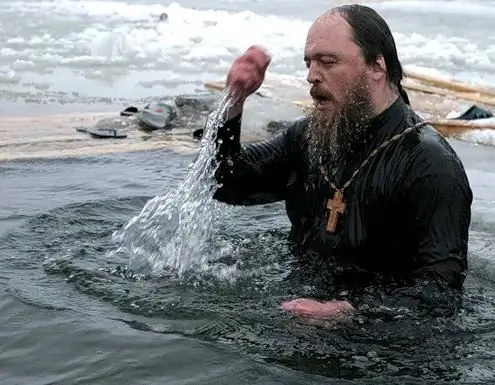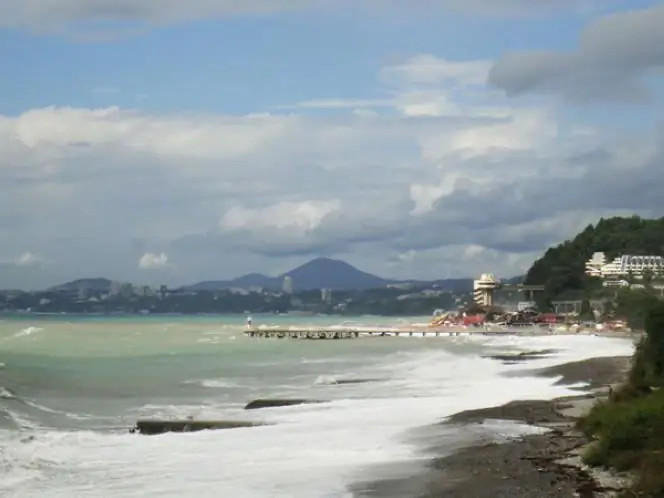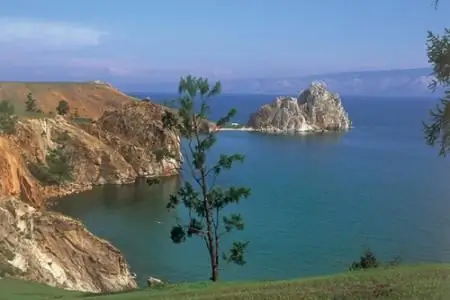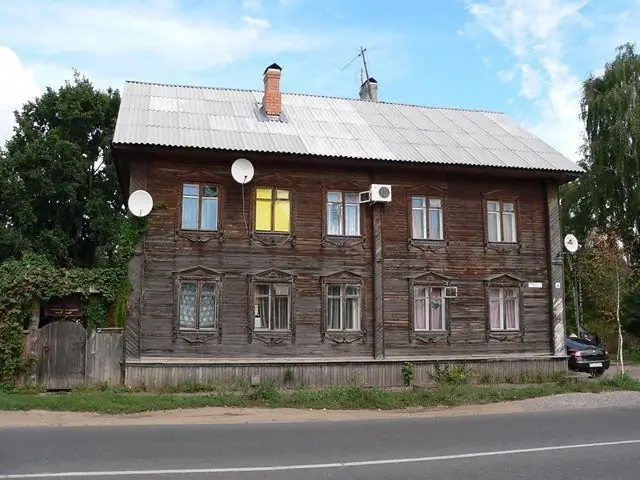- Author Harold Hamphrey [email protected].
- Public 2023-12-17 10:06.
- Last modified 2025-01-24 11:10.
In the Trans-Baikal Territory there is a village with a unique name - Nerchinsky Zavod. This is the administrative center of the Nerchinsko-Zavodsky district, located on the left bank of the Altachi River. As the locals themselves joke, this is literally the outskirts of Russia, much closer to the Chinese neighbors than to the settlements of our country.

Short description
The climate here is sharply continental, there are even monsoons. In January, the atmospheric temperature can reach -23°C, while in July it rarely rises above +9°C.
In the village of Nerchinsky Zavod in the Trans-Baikal Territory, as of the beginning of last year, 2528 people lived. And almost 100 years ago, in 1913, there were 5 thousand souls in the settlement. The Orthodox population lives here, there are a couple of Jewish families and Mohammedans.

How it all began
There is a theory that Siberia and the Far East were mastered solely for the sake of silver. After all, in ancient timesmoney was indeed smelted from precious metals. And all the foreigners who arrived were deprived of silver coins and melted them into their own currency.
Therefore, each expedition that went beyond the Urals was given a special assignment - to find a silver deposit. And at some point, the explorers who were able to get to Baikal discovered that this precious metal really exists in the Daurian land. Daurian land was called the territory from Baikal to Amur.
In 1676, on the territory of the modern village of Nerchinsky Zavod, two natives, Aranzh and Mani, discovered a mountain with silver, which was previously mined by the Mongols. So the first deposit of the precious metal was found, which gave impetus to the development of the empire.

Factory
In 1704, a factory was already opened - the first in Russia, which smelted silver. Initially, it was called Argunsky. And only 15 years later they renamed it, and the village of Nerchinskiy Zavod developed rapidly. The enterprise employed not only workers and peasants, but also exiles.
From 1731 to 1733 the plant did not work, in 1759 it was moved upstream of the Altacha river. In 1773, a second factory was erected on the opposite side of the river.
In 1853, the depleted deposit was abandoned, the equipment was outdated, the silver smelter was closed. A wave of gold mining has begun.

Exiles
Nerchinsk penal servitude is not only the Trans-Baikal patrimony of the imperial family, but also part of the penitentiarysystems. It was here that the convicts of the Russian Empire served their sentences. Officially, the territory became the property of His Majesty's Cabinet in 1787. The district included several eastern districts of the Trans-Baikal province:
- Nerchinsky;
- Nerchinsko-Zavodskoy;
- Chitinsky;
- Akshinsky.
Already in the middle of the 19th century, a whole system of prisons was being formed in the district. The prisoners worked in silver mines and factories. Over time, political prisoners began to be exiled to Nerchinsk penal servitude. One of the first were the Decembrists: Sukhinov I., Volkonsky S. and Mozalevsky A. E. Prisoners under criminal and political articles were kept in very harsh conditions, and most importantly - together.
At the same time, educated and intelligent people who graduated from leading Russian universities work in the Nerchinsk Zavod settlement itself. For example, well-known doctors Kashin M. I. and Beck E. V. worked in the village, who studied endemic bone and joint disease. But in the village itself there was only a transit prison. From it, prisoners were distributed to hard labor prisons, they worked in mines, mainly in Blagodatsky and Zerentuisky.
After 1917, all political prisoners were released, and Nerchinsk penal servitude was completely eliminated.

Modern village
After the closing of the plant, the villagers had to completely reorient themselves, the economy in the settlement became agrarian. And In 1926, the district authorities were located in the village.
Several interesting monuments have been preserved in the villagearchitecture. Many who have visited this place leave as a keepsake a photo of the Nerchinsk Plant of the Trans-Baikal Territory, the house of the Kandinskys. This building was erected at the beginning of the 18th century, decorated in the style of classicism. The estate is also known for the fact that the wives of the exiled Decembrists stayed here.
Besides this, the photos of the village of Nerchinsky Zavod in the Trans-Baikal Territory look great, where the houses of famous merchants are depicted: Petushkin, Bogomyagkov and Bagashev. Other well-known names are associated with the settlement: veterinarian Veslopolov P. A., journalist Sedykh K. F., who is the creator of the first public library in the village.






